Home>Home Appliances>Heating & Cooling>Forced Air Heating Vs Central Heating: What’s The Difference?
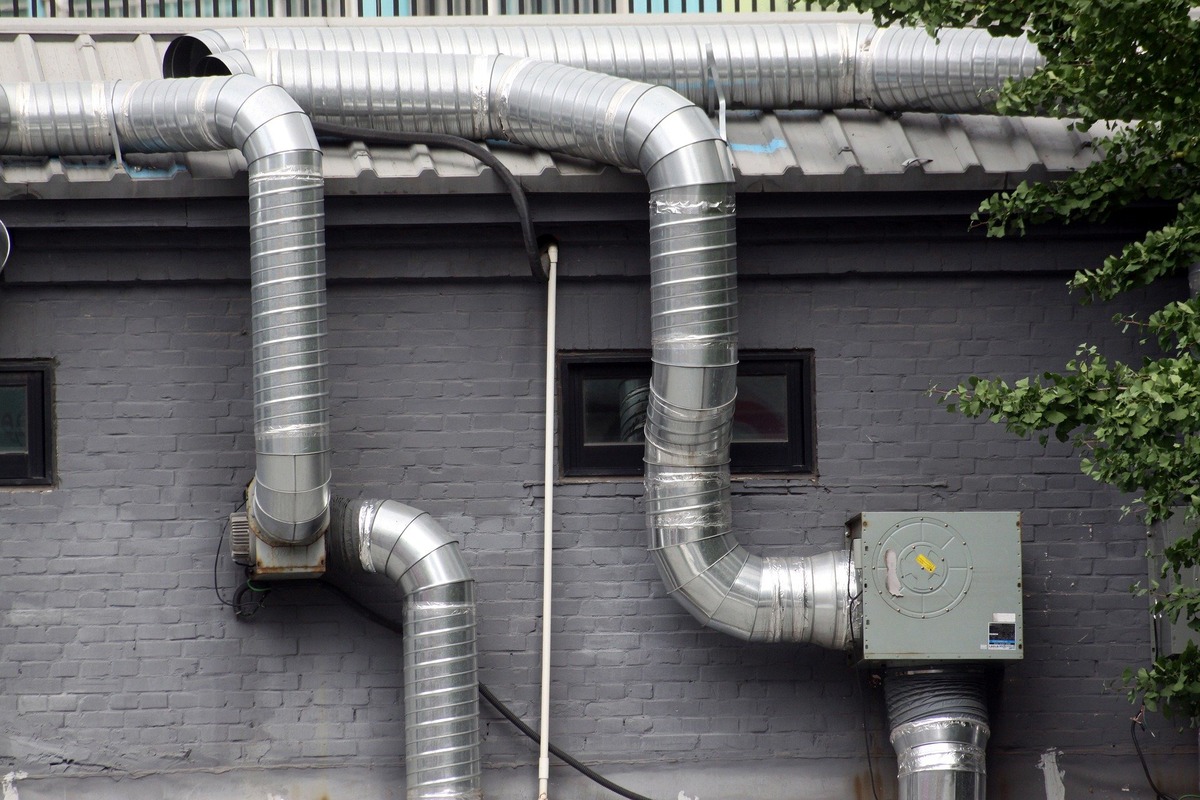

Heating & Cooling
Forced Air Heating Vs Central Heating: What’s The Difference?
Published: February 16, 2024
Learn about the key distinctions between forced air heating and central heating to make an informed decision for your heating and cooling needs. Discover the pros and cons of each system.
(Many of the links in this article redirect to a specific reviewed product. Your purchase of these products through affiliate links helps to generate commission for Storables.com, at no extra cost. Learn more)
Introduction
Heating systems are essential for maintaining a comfortable and cozy indoor environment, especially during the chilly winter months. When it comes to heating our homes, there are various options available, each with its own set of features and benefits. Two popular choices are forced air heating and central heating. Understanding the differences between these systems can help homeowners make informed decisions when it comes to heating their living spaces.
In this article, we will delve into the nuances of forced air heating and central heating, exploring their distinct characteristics, advantages, and drawbacks. By gaining a deeper understanding of these heating methods, readers can gain valuable insights into which system may be best suited for their specific needs and preferences.
Forced air heating and central heating both play pivotal roles in maintaining warmth and comfort within residential properties. However, their mechanisms and functionalities differ significantly, impacting factors such as energy efficiency, installation costs, and overall performance. By examining these differences, homeowners can make well-informed choices that align with their heating requirements and budget constraints.
Let's embark on a journey to unravel the intricacies of forced air heating and central heating, shedding light on their unique attributes and the impact they have on indoor climate control. Whether you're considering an upgrade to your existing heating system or exploring options for a new construction project, this exploration of forced air heating and central heating will equip you with the knowledge needed to make sound decisions for your home's heating needs.
Key Takeaways:
- Forced air heating quickly spreads warmth through ducts, offering customizable temperature control and air filtration. However, it may require more maintenance and can be noisier than central heating systems.
- Central heating provides consistent warmth throughout a building, with customizable controls and potential for high energy efficiency. However, it may involve higher upfront costs and longer heating times compared to forced air systems.
Read more: How To Add Central Air To Forced Air Heating
Definition of Forced Air Heating
Forced air heating is a popular and efficient method of heating residential and commercial spaces. This heating system operates by distributing heated air throughout a building via a network of ducts and vents. The process begins with a furnace, which generates heat by burning fuel such as natural gas, propane, or oil, or through electric resistance heating. Once the air is heated, it is propelled through the ductwork by a blower fan, allowing it to reach every room in the building.
One of the key components of a forced air heating system is the thermostat, which serves as the control center for regulating indoor temperatures. When the temperature falls below the desired level, the thermostat signals the furnace to ignite and begin heating the air. Once the air reaches the set temperature, the thermostat instructs the furnace to cease heating, thereby maintaining a consistent and comfortable indoor climate.
The distribution of heated air in forced air heating systems offers rapid and uniform warmth throughout the building, ensuring that occupants can enjoy a cozy environment regardless of their location within the space. Additionally, forced air heating systems can be equipped with air filters and humidifiers, contributing to improved indoor air quality and comfort.
Furthermore, forced air heating systems are compatible with advanced technologies such as programmable thermostats and zoning systems, allowing for precise temperature control and energy efficiency. These features enable homeowners to customize heating schedules and designate specific areas of the building for heating, optimizing energy usage and reducing utility costs.
In summary, forced air heating systems are characterized by their ability to generate and distribute heated air efficiently and effectively, providing consistent warmth and comfort throughout residential and commercial properties. The integration of modern technologies and accessories further enhances the performance and energy efficiency of these systems, making them a popular choice for indoor climate control.
Definition of Central Heating
Central heating is a widely utilized method of maintaining indoor warmth and comfort in residential and commercial buildings. This heating system operates by generating heat in a central location and then distributing it throughout the entire building via a network of pipes, radiators, or underfloor heating systems. The primary components of a central heating system typically include a boiler, a network of pipes, and heat emitters such as radiators or underfloor heating elements.
The boiler serves as the heart of the central heating system, where heat is produced through the combustion of natural gas, oil, or through electric resistance heating. Once the water or steam within the boiler reaches the desired temperature, it is circulated through the network of pipes to various heat emitters located in different rooms or zones of the building. The heat emitters then release the warmth into the surrounding space, raising the indoor temperature to the desired level.
One of the key advantages of central heating is its ability to provide consistent and even warmth throughout the entire building. Unlike localized heating methods, central heating ensures that every room receives an adequate level of warmth, creating a comfortable environment for occupants. Additionally, central heating systems can be equipped with thermostatic controls, allowing users to regulate the temperature in individual rooms or zones, thereby optimizing energy usage and enhancing comfort.
Furthermore, central heating systems offer flexibility in terms of heat distribution. Whether through traditional radiators or modern underfloor heating systems, the heat emitters in a central heating setup can be tailored to suit the specific layout and design of the building, ensuring efficient and effective heat distribution. This adaptability makes central heating a versatile and practical choice for a wide range of residential and commercial properties.
In summary, central heating systems are designed to generate heat in a central location and distribute it throughout the entire building, providing consistent warmth and comfort. The flexibility, efficiency, and even heat distribution offered by central heating make it a popular choice for indoor climate control, catering to the diverse needs of modern living spaces.
Key Differences
Forced air heating and central heating are two distinct systems that differ in their mechanisms of heat generation and distribution, as well as their overall performance characteristics. Understanding the key differences between these heating methods is crucial for homeowners seeking to make informed decisions regarding their indoor climate control. Let's delve into the fundamental disparities between forced air heating and central heating:
-
Heat Distribution Mechanism:
- Forced air heating relies on the circulation of heated air through a network of ducts and vents, propelled by a blower fan from a central furnace. In contrast, central heating systems generate heat in a central location and distribute it throughout the building via pipes, radiators, or underfloor heating elements.
-
Speed of Heating:
- Forced air heating systems are renowned for their rapid heating capabilities, as the forced air is swiftly propelled through the ductwork, delivering warmth to every room within a short timeframe. On the other hand, central heating may take longer to raise the indoor temperature, as the heat is distributed through radiators or underfloor systems, requiring a gradual warming process.
-
Even Heat Distribution:
- Central heating systems are designed to provide consistent warmth throughout the entire building, ensuring that every room receives an adequate level of heat. In contrast, forced air heating may result in uneven temperature distribution, with certain areas experiencing variations in warmth due to factors such as duct layout and insulation.
-
Installation and Maintenance:
- The installation of forced air heating systems involves the setup of ductwork, vents, and a central furnace, which may require significant space and structural modifications. Central heating systems, while also requiring professional installation, involve the placement of boilers, pipes, and heat emitters, with options for underfloor heating requiring specific considerations during construction or renovation.
-
Energy Efficiency and Customization:
- Forced air heating systems can be equipped with advanced technologies such as programmable thermostats and zoning systems, allowing for precise temperature control and energy efficiency. Central heating systems also offer thermostatic controls for individual rooms or zones, but may require additional measures to achieve the same level of customization and energy optimization as forced air systems.
Understanding these key differences is essential for homeowners evaluating the most suitable heating system for their specific needs and preferences. By considering factors such as heat distribution mechanisms, speed of heating, even heat distribution, installation requirements, and energy efficiency, individuals can make well-informed decisions that align with their heating requirements and budget constraints.
Pros and Cons of Forced Air Heating
Forced air heating systems offer a range of advantages and disadvantages that homeowners should carefully consider when evaluating their heating options. Understanding the pros and cons of forced air heating can provide valuable insights into its suitability for different residential and commercial settings.
Pros
-
Rapid Heating: One of the primary advantages of forced air heating is its ability to quickly raise the indoor temperature. The forced air, propelled by a blower fan, swiftly distributes warmth throughout the building, ensuring that occupants can enjoy a cozy environment within a short timeframe.
-
Even Heat Distribution: When properly designed and maintained, forced air heating systems can provide consistent warmth to every room in the building. This even heat distribution contributes to a comfortable living or working environment, eliminating cold spots and ensuring uniform comfort throughout the space.
-
Compatibility with Advanced Technologies: Forced air heating systems can be integrated with advanced technologies such as programmable thermostats and zoning systems. These features allow for precise temperature control and energy efficiency, empowering homeowners to customize heating schedules and designate specific areas for heating, thereby optimizing energy usage and reducing utility costs.
-
Air Filtration and Humidification: Many forced air heating systems are equipped with air filters and humidifiers, contributing to improved indoor air quality and comfort. The filtration process helps remove airborne particles and allergens, while the humidification feature helps maintain optimal humidity levels, particularly during dry winter months.
-
Versatility: Forced air heating systems can accommodate additional components such as air conditioning units, effectively providing both heating and cooling capabilities within a single integrated system. This versatility offers year-round climate control, enhancing the overall comfort and convenience for occupants.
Cons
-
Air Quality Concerns: In some cases, forced air heating systems may contribute to air quality issues, especially if the ductwork is not adequately maintained. Dust, debris, and allergens can accumulate within the ducts, potentially impacting indoor air quality and triggering respiratory issues for sensitive individuals.
-
Operational Noise: The operation of blower fans in forced air heating systems can generate noticeable noise, which may be a concern for individuals seeking a quieter indoor environment. While advancements in fan technology have reduced operational noise levels, some degree of sound may still be present during system operation.
-
Installation and Maintenance Requirements: The installation of forced air heating systems involves the setup of ductwork, vents, and a central furnace, which may require significant space and structural modifications. Additionally, regular maintenance is essential to ensure optimal performance and air quality, necessitating periodic filter replacements and duct cleaning.
-
Potential for Uneven Heating: In certain cases, forced air heating systems may result in uneven temperature distribution within the building. Factors such as duct layout, insulation, and the positioning of vents can contribute to variations in warmth, requiring homeowners to strategically manage airflow and adjust registers to achieve balanced heating.
-
Initial Costs: The upfront costs associated with installing a forced air heating system, including the purchase of the furnace, ductwork installation, and additional components, can be relatively high compared to some alternative heating methods. While the long-term energy efficiency and performance benefits may offset these initial expenses, the upfront investment should be carefully considered.
By weighing these pros and cons, homeowners can make informed decisions regarding the implementation of forced air heating systems in their properties. It is essential to consider factors such as heating efficiency, air quality management, installation requirements, and long-term maintenance when evaluating the suitability of forced air heating for specific residential or commercial settings.
Pros and Cons of Central Heating
Central heating systems offer a comprehensive set of advantages and disadvantages that are pivotal for homeowners to consider when contemplating their heating options. Understanding the pros and cons of central heating provides valuable insights into its suitability for different residential and commercial settings.
Pros
-
Consistent and Even Heat Distribution: Central heating systems excel in providing uniform warmth throughout the entire building. Whether through radiators or underfloor heating, these systems ensure that every room receives an adequate level of heat, eliminating cold spots and creating a comfortable living or working environment.
-
Flexibility in Heat Distribution: Central heating systems offer flexibility in the distribution of heat, allowing for the customization of heat emitters to suit the specific layout and design of the building. This adaptability ensures efficient and effective heat distribution, catering to the diverse needs of modern living spaces.
-
Thermostatic Controls for Customization: Central heating systems can be equipped with thermostatic controls, enabling users to regulate the temperature in individual rooms or zones. This level of customization optimizes energy usage and enhances comfort, as occupants can tailor the heating settings to their specific preferences.
-
Energy Efficiency: When properly maintained and operated, central heating systems can be highly energy efficient. The ability to control heating in individual rooms or zones, coupled with advancements in boiler technology, contributes to reduced energy consumption and lower utility costs over time.
-
Integration with Modern Technologies: Central heating systems can be seamlessly integrated with modern technologies such as smart thermostats and remote heating controls. These advancements empower homeowners to manage their heating systems remotely, optimize energy usage, and ensure optimal comfort levels within their properties.
Cons
-
Installation and Renovation Requirements: The installation of central heating systems, particularly those incorporating underfloor heating, may require specific considerations during construction or renovation. This can result in additional costs and logistical challenges, especially for existing properties undergoing heating system upgrades.
-
Initial Investment: The upfront costs associated with installing a central heating system, including the purchase of boilers, pipes, and heat emitters, can be relatively high compared to some alternative heating methods. While the long-term energy efficiency and performance benefits may offset these initial expenses, the upfront investment should be carefully considered.
-
Maintenance and Servicing: Central heating systems require regular maintenance and servicing to ensure optimal performance and longevity. This includes tasks such as boiler inspections, pipe maintenance, and radiator bleeding, which may incur additional costs and time commitments for homeowners.
-
Heat Distribution Time: Central heating systems, particularly those utilizing water-based heat distribution, may take longer to raise the indoor temperature compared to forced air heating systems. The gradual warming process can result in a delay in achieving the desired comfort levels, especially during cold weather conditions.
-
Potential for Heat Loss in Distribution: In some cases, central heating systems may experience heat loss during the distribution process, particularly in older or inefficient systems. This can impact overall energy efficiency and may require homeowners to implement measures to mitigate heat loss and optimize system performance.
By carefully considering these pros and cons, homeowners can make informed decisions regarding the implementation of central heating systems in their properties. Factors such as heat distribution mechanisms, energy efficiency, installation requirements, and long-term maintenance should be thoroughly evaluated to determine the suitability of central heating for specific residential or commercial settings.
Forced air heating uses a system of ducts and fans to distribute heat, while central heating can include various methods such as radiators or baseboard heaters. Consider the size and layout of your home when choosing between the two.
Conclusion
In conclusion, the choice between forced air heating and central heating hinges on a multitude of factors, each with its own set of advantages and considerations. Forced air heating systems offer rapid heating capabilities, even heat distribution, and compatibility with advanced technologies, making them a popular choice for homeowners seeking efficient and customizable indoor climate control. However, concerns regarding air quality, operational noise, installation requirements, and potential for uneven heating should be carefully weighed when considering the implementation of forced air heating.
On the other hand, central heating systems excel in providing consistent and even heat distribution, offering flexibility in heat emitter customization, thermostatic controls for customization, and potential for high energy efficiency. While central heating systems may require upfront investment, maintenance, and considerations during installation or renovation, their ability to create a comfortable and uniform indoor environment makes them a compelling option for residential and commercial properties.
Ultimately, the decision between forced air heating and central heating should be guided by the specific needs, preferences, and constraints of the property and its occupants. Factors such as the layout of the building, existing infrastructure, energy efficiency goals, and long-term maintenance considerations play a crucial role in determining the most suitable heating system.
By carefully evaluating the key differences, pros, and cons of forced air heating and central heating, homeowners can make informed decisions that align with their heating requirements and budget constraints. Whether prioritizing rapid heating, energy efficiency, even heat distribution, or customization options, the nuances of each system provide valuable insights for individuals seeking to create a comfortable and inviting indoor environment.
In the ever-evolving landscape of heating technologies, both forced air heating and central heating continue to offer innovative solutions for maintaining warmth and comfort within residential and commercial spaces. As advancements in heating systems and energy efficiency technologies continue to emerge, homeowners are presented with a diverse array of options to meet their unique heating needs, ensuring that indoor environments remain cozy and inviting throughout the seasons.
Frequently Asked Questions about Forced Air Heating Vs Central Heating: What's The Difference?
Was this page helpful?
At Storables.com, we guarantee accurate and reliable information. Our content, validated by Expert Board Contributors, is crafted following stringent Editorial Policies. We're committed to providing you with well-researched, expert-backed insights for all your informational needs.
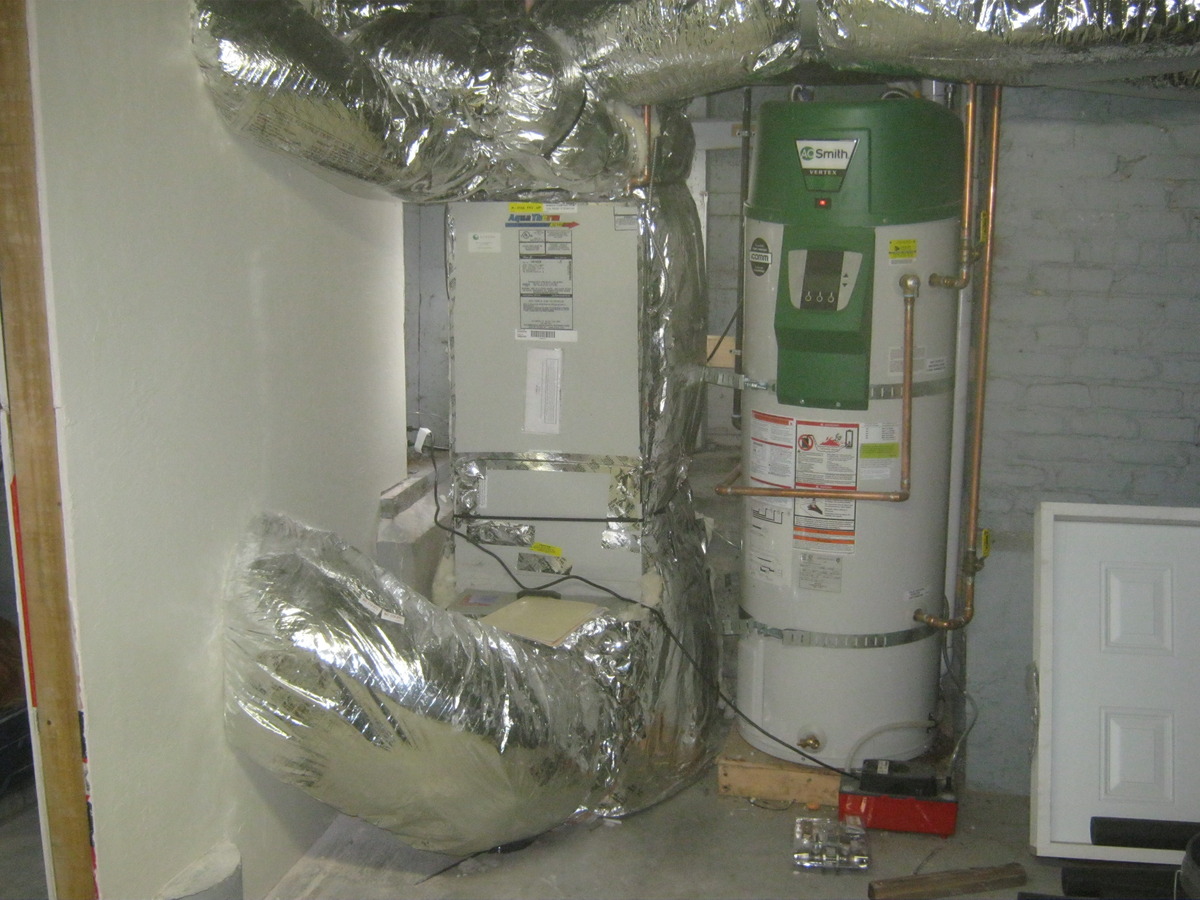
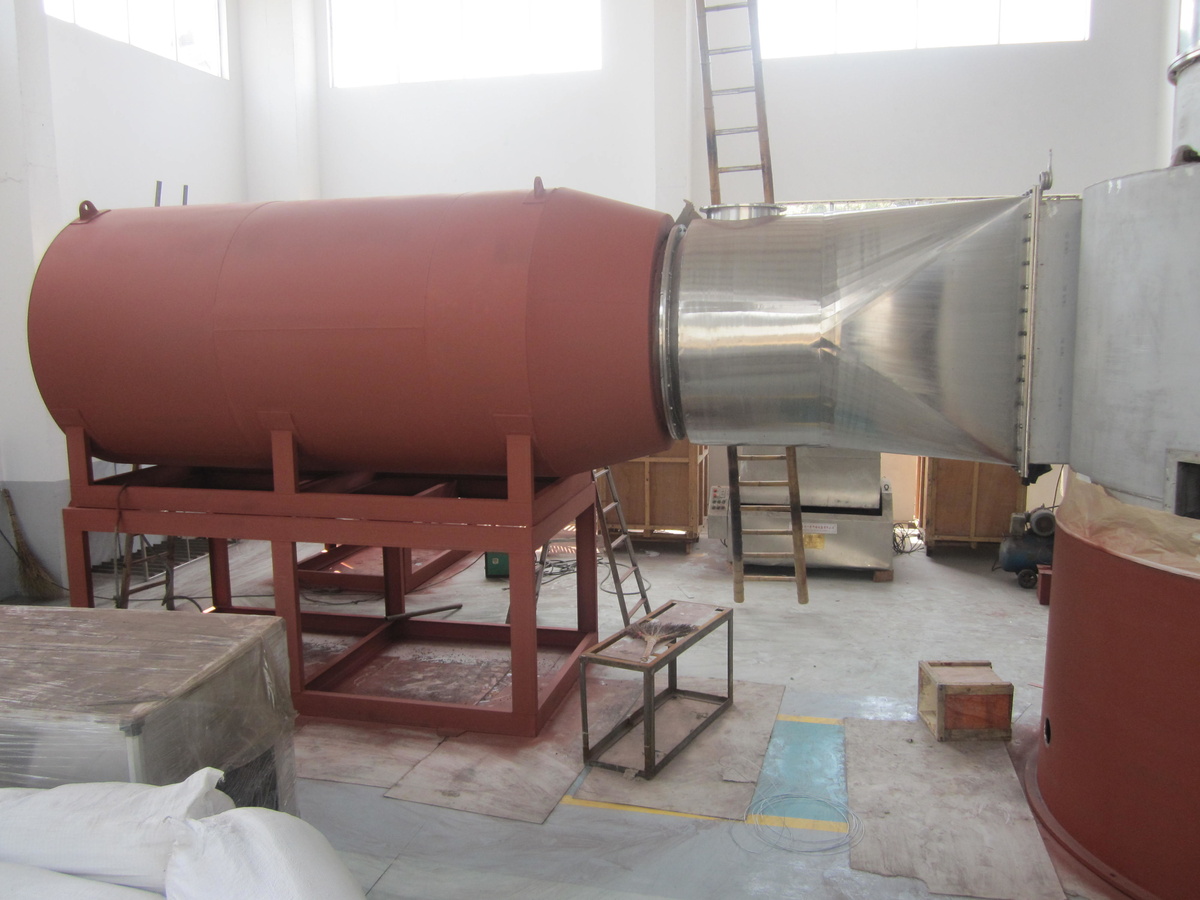
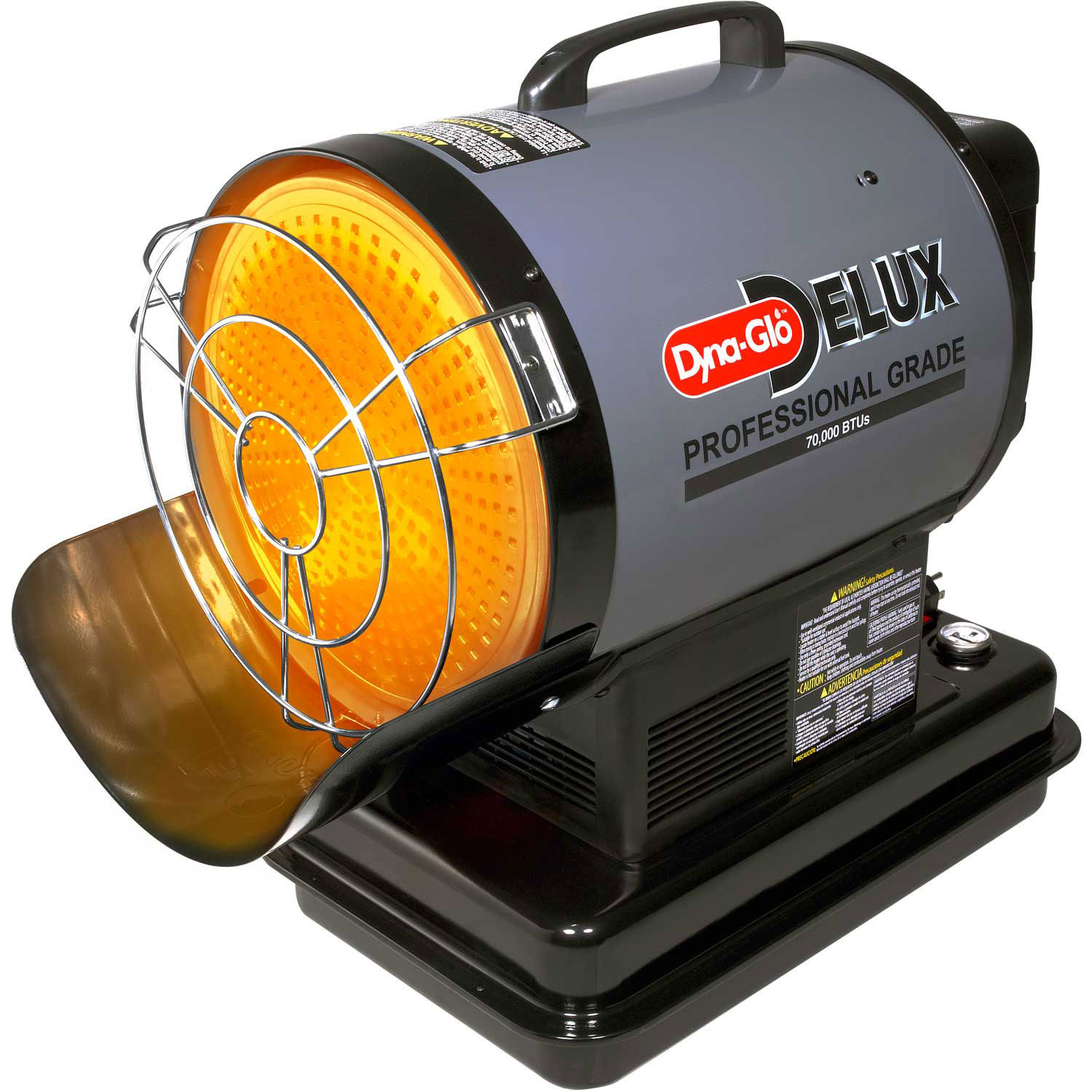
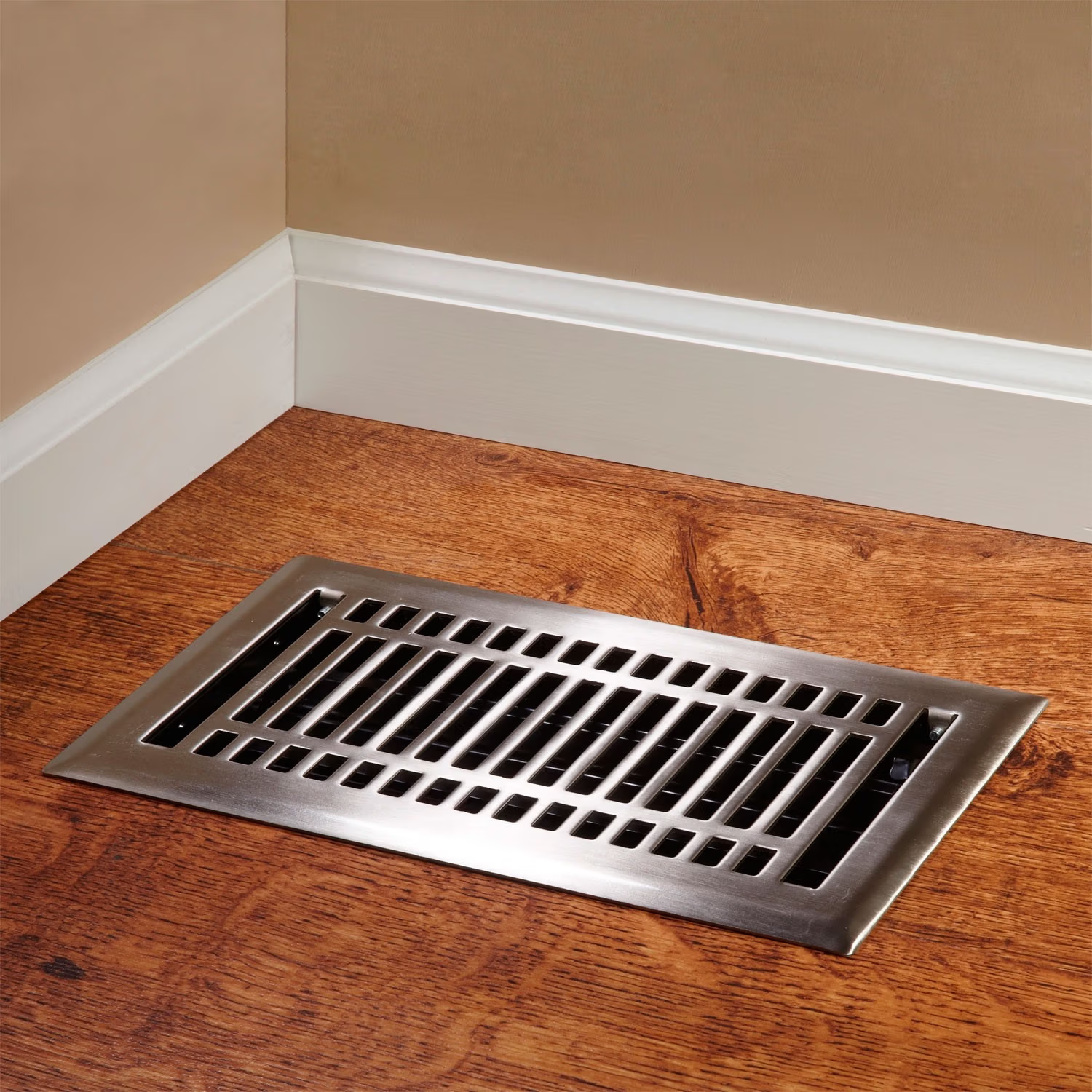
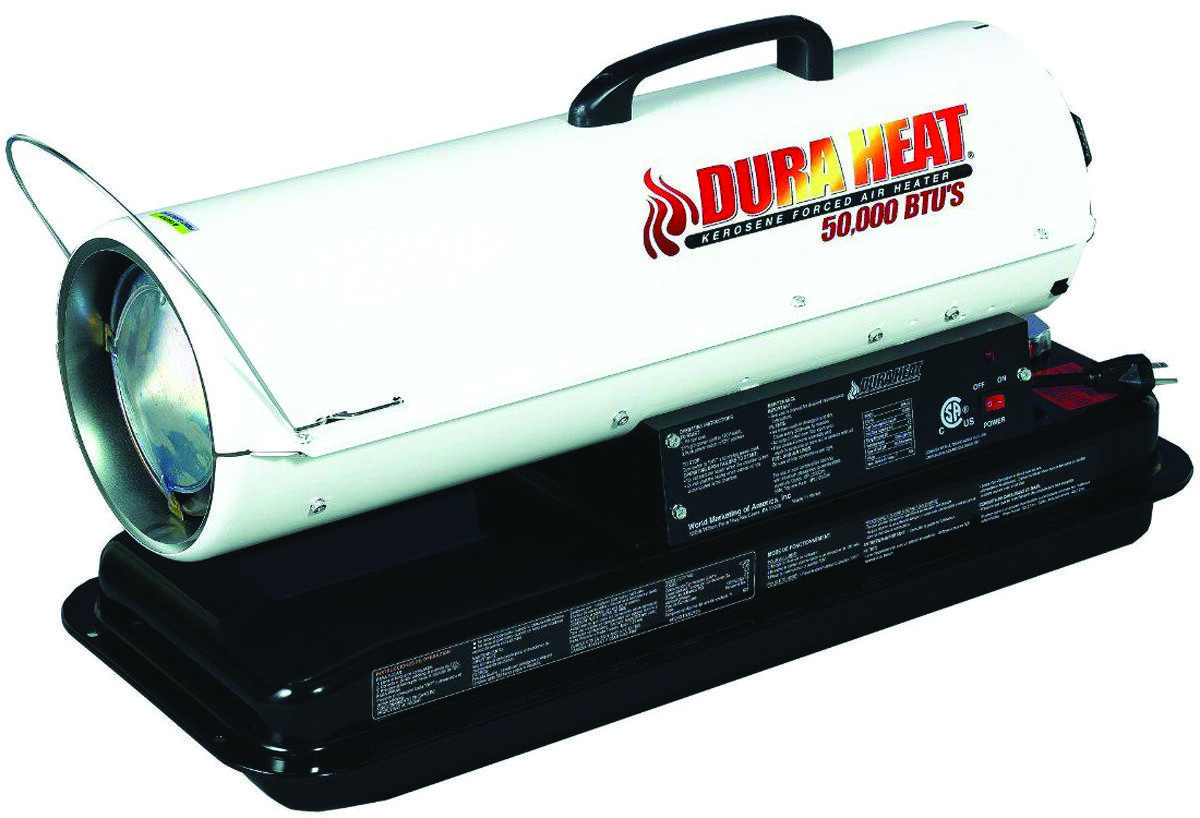
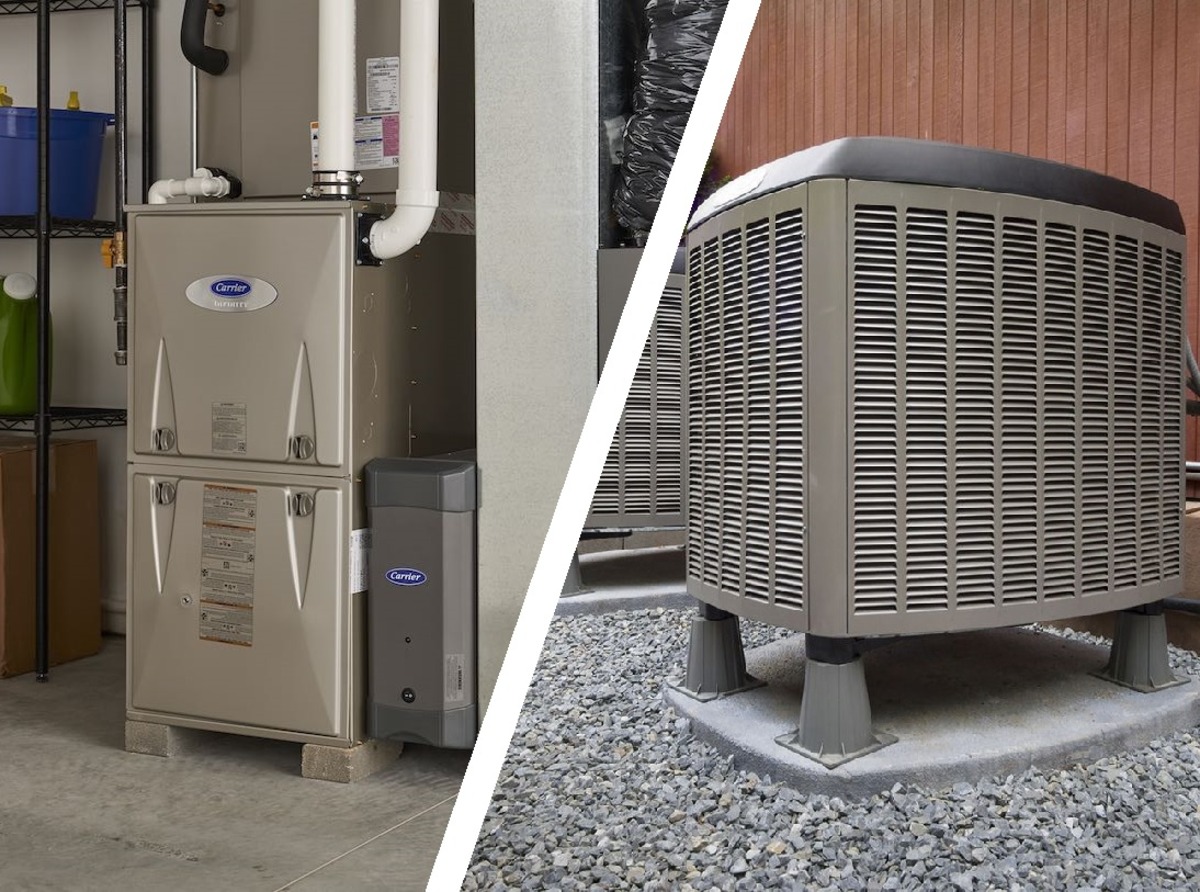
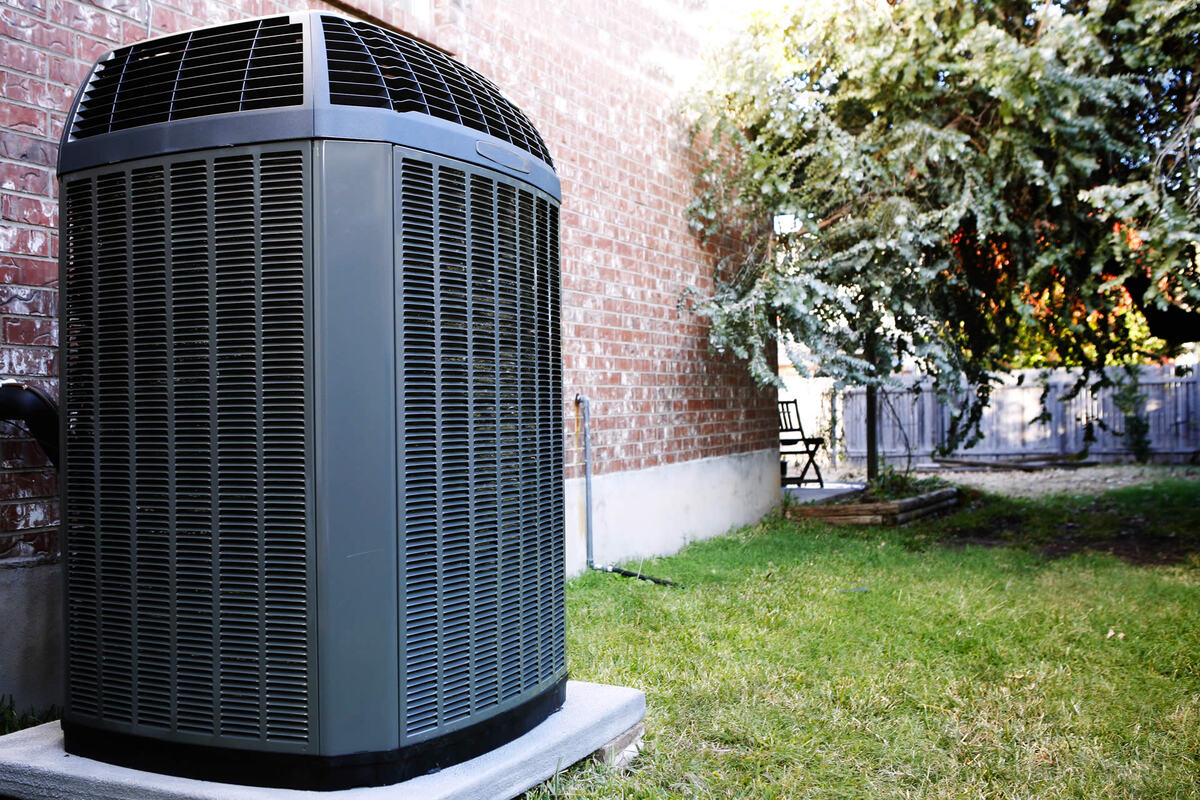
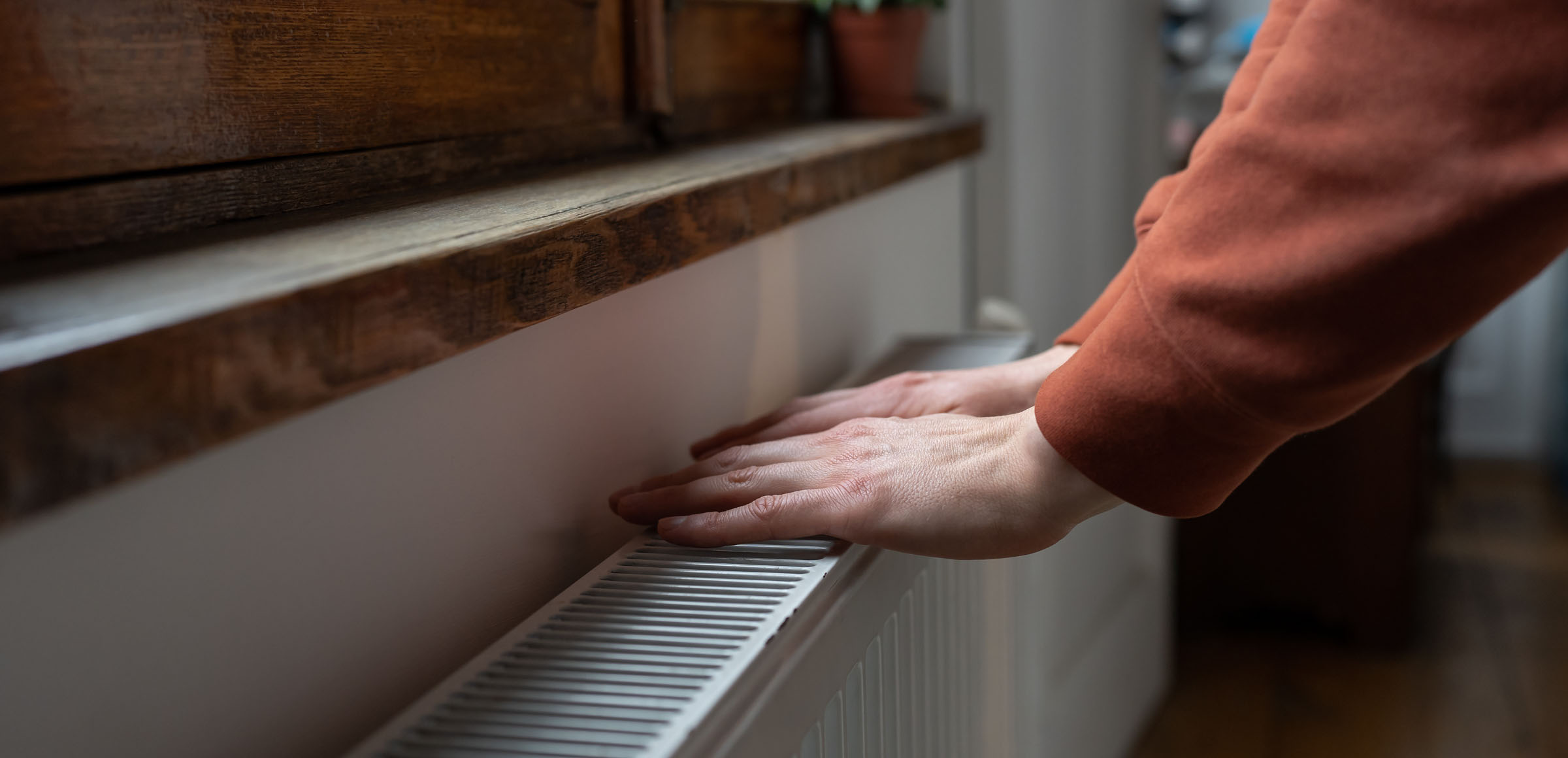
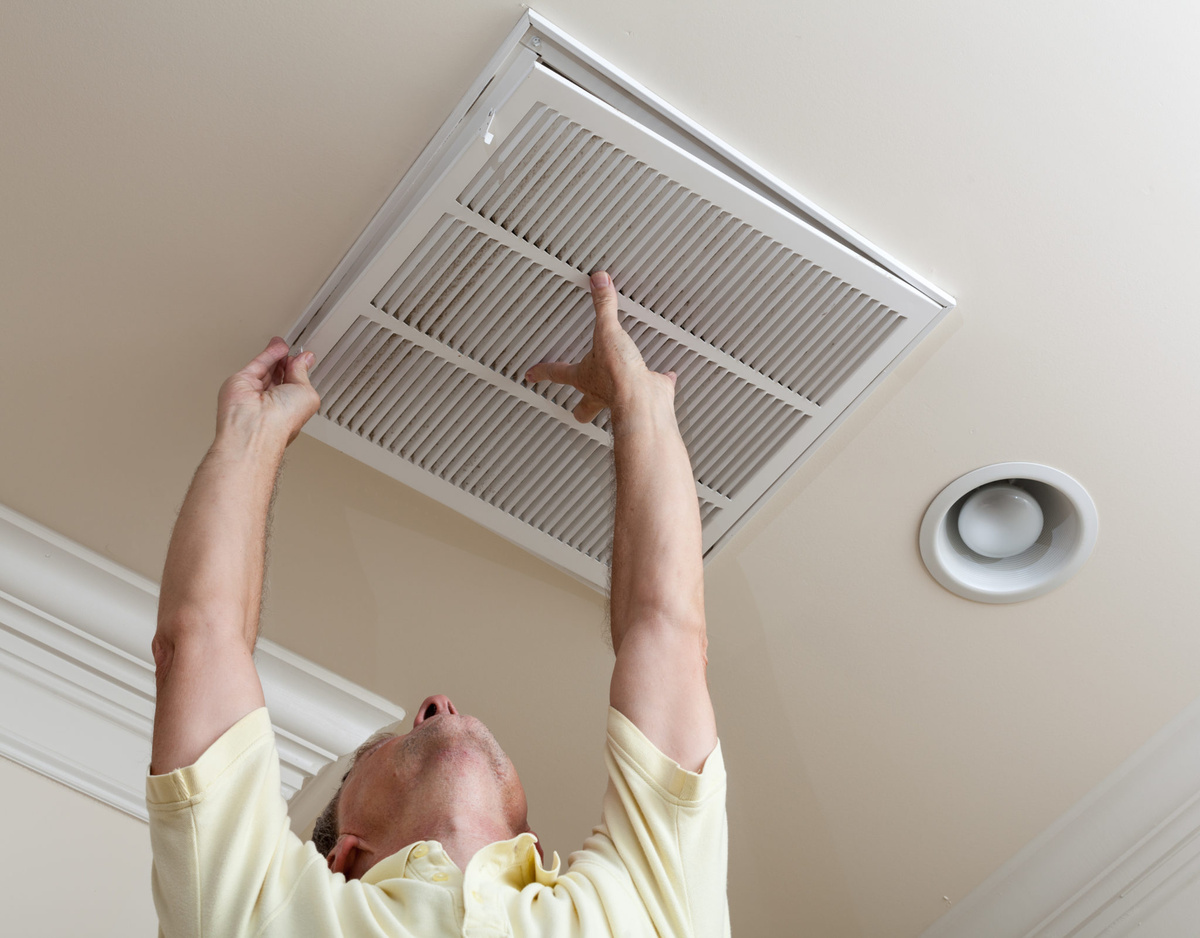

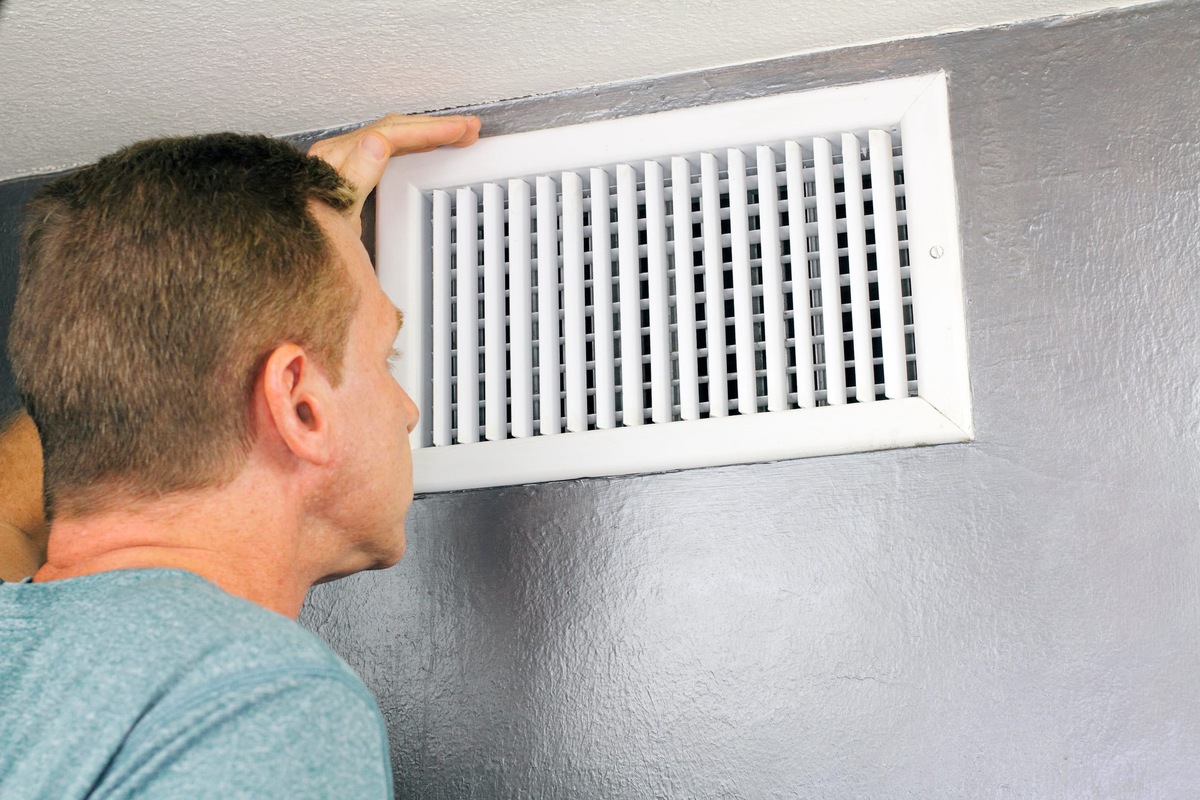
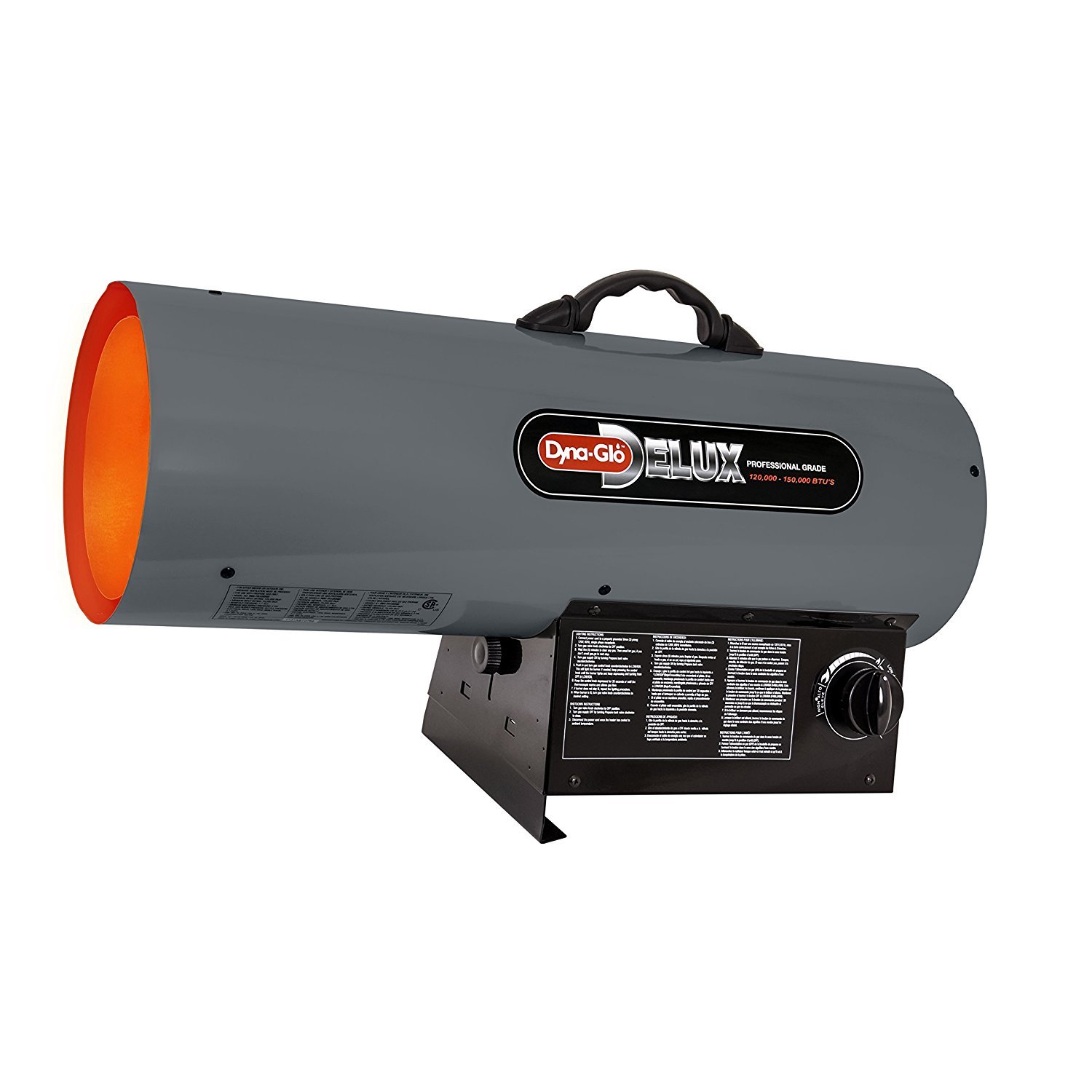


0 thoughts on “Forced Air Heating Vs Central Heating: What’s The Difference?”